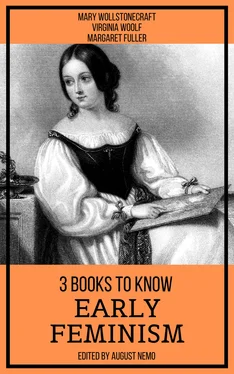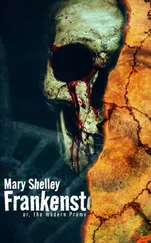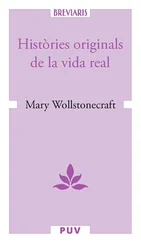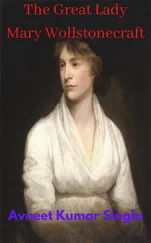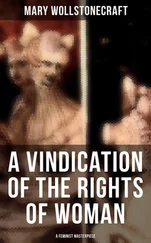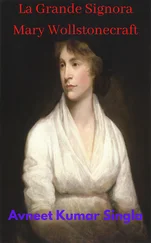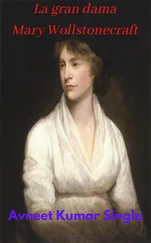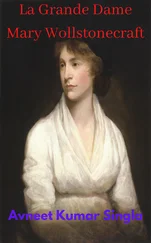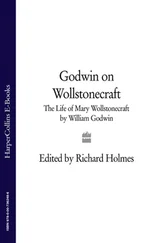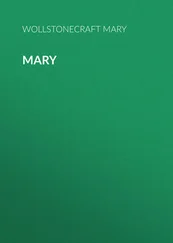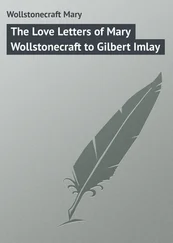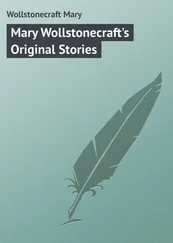Woolf was born into an affluent household in South Kensington, London, the seventh child in a blended family of eight. Her mother, Julia Prinsep Jackson, celebrated as a Pre-Raphaelite artist's model, had three children from her first marriage, while Woolf's father, Leslie Stephen, a notable man of letters, had one previous daughter. The Stephens produced another four children, including the modernist painter Vanessa Bell. While the boys in the family received college educations, the girls were home-schooled in English classics and Victorian literature. An important influence in Virginia Woolf's early life was the summer home the family used in St Ives, Cornwall, where she first saw the Godrevy Lighthouse, which was to become central in her novel To the Lighthouse (1927).
Woolf's childhood came to an abrupt end in 1895 with the death of her mother and her first mental breakdown, followed two years later by the death of her stepsister and a mother figure to her, Stella Duckworth. From 1897 to 1901, she attended the Ladies' Department of King's College London, where she studied classics and history and came into contact with early reformers of women's higher education and the women's rights movement. Other important influences were her Cambridge-educated brothers and unfettered access to her father's vast library.
Encouraged by her father, Woolf began writing professionally in 1900. Her father's death in 1905 caused another mental breakdown for Woolf. Following his death, the Stephen family moved from Kensington to the more bohemian Bloomsbury, where they adopted a free-spirited lifestyle. It was in Bloomsbury where, in conjunction with the brothers' intellectual friends, they formed the artistic and literary Bloomsbury Group.
Following her 1912 marriage to Leonard Woolf, the couple founded the Hogarth Press in 1917, which published much of her work. The couple rented a home in Sussex and moved there permanently in 1940. Throughout her life, Woolf was troubled by her mental illness. She was institutionalized several times and attempted suicide at least twice. Her illness is considered to have been bipolar disorder, for which there was no effective intervention during her lifetime. At age 59, Woolf committed suicide in 1941 by putting rocks in her coat pockets and drowning herself in the River Ouse.
During the interwar period, Woolf was an important part of London's literary and artistic society. In 1915 she published her first novel, The Voyage Out, through her half-brother's publishing house, Gerald Duckworth and Company. Her best-known works include the novels Mrs Dalloway (1925), To the Lighthouse (1927) and Orlando (1928). She is also known for her essays, including A Room of One's Own (1929), in which she wrote the much-quoted dictum, "A woman must have money and a room of her own if she is to write fiction."
Woolf became one of the central subjects of the 1970s movement of feminist criticism and her works have since garnered much attention and widespread commentary for "inspiring feminism." Her works have been translated into more than 50 languages. A large body of literature is dedicated to her life and work, and she has been the subject of plays, novels and films. Woolf is commemorated today by statues, societies dedicated to her work and a building at the University of London.
––––––––
SARAH MARGARET FULLER Ossoli (May 23, 1810 – July 19, 1850), commonly known as Margaret Fuller, was an American journalist, editor, critic, and women's rights advocate associated with the American transcendentalism movement. She was the first full-time American female book reviewer in journalism. Her book Woman in the Nineteenth Century is considered the first major feminist work in the United States.
Born Sarah Margaret Fuller in Cambridge, Massachusetts, she was given a substantial early education by her father, Timothy Fuller. She later had more formal schooling and became a teacher before, in 1839, she began overseeing her Conversations series: classes for women meant to compensate for their lack of access to higher education. She became the first editor of the transcendentalist journal The Dial in 1840, before joining the staff of the New York Tribune under Horace Greeley in 1844. By the time she was in her 30s, Fuller had earned a reputation as the best-read person in New England, male or female, and became the first woman allowed to use the library at Harvard College. Her seminal work, Woman in the Nineteenth Century, was published in 1845. A year later, she was sent to Europe for the Tribune as its first female correspondent. She soon became involved with the revolutions in Italy and allied herself with Giuseppe Mazzini. She had a relationship with Giovanni Ossoli, with whom she had a child. All three members of the family died in a shipwreck off Fire Island, New York, as they were traveling to the United States in 1850. Fuller's body was never recovered.
Fuller was an advocate of women's rights and, in particular, women's education and the right to employment. She also encouraged many other reforms in society, including prison reform and the emancipation of slaves in the United States. Many other advocates for women's rights and feminism, including Susan B. Anthony, cite Fuller as a source of inspiration. Many of her contemporaries, however, were not supportive, including her former friend Harriet Martineau. She said that Fuller was a talker rather than an activist. Shortly after Fuller's death, her importance faded; the editors who prepared her letters to be published, believing her fame would be short-lived, censored or altered much of her work before publication.

A Vindication of the Rights of Woman
With Strictures on Political and Moral Subjects
BY MARY WOLLSTONECRAFT
––––––––

TO M. TALLEYRAND-PERIGORD, Late Bishop Of Autun.
––––––––

SIR,
Having read with great pleasure a pamphlet which you have lately published, I dedicate this volume to you; to induce you to reconsider the subject, and maturely weigh what I have advanced respecting the rights of woman and national education: and I call with the firm tone of humanity; for my arguments, Sir, are dictated by a disinterested spirit — I plead for my sex — not for myself. Independence I have long considered as the grand blessing of life, the basis of every virtue — and independence I will ever secure by contracting my wants, though I were to live on a barren heath.
It is then an affection for the whole human race that makes my pen dart rapidly along to support what I believe to be the cause of virtue: and the same motive leads me earnestly to wish to see woman placed in a station in which she would advance, instead of retarding, the progress of those glorious principles that give a substance to morality. My opinion, indeed, respecting the rights and duties of woman, seems to flow so naturally from these simple principles, that I think it scarcely possible, but that some of the enlarged minds who formed your admirable constitution, will coincide with me.
In France there is undoubtedly a more general diffusion of knowledge than in any part of the European world, and I attribute it, in a great measure, to the social intercourse which has long subsisted between the sexes. It is true, I utter my sentiments with freedom, that in France the very essence of sensuality has been extracted to regale the voluptuary, and a kind of sentimental lust has prevailed, which, together with the system of duplicity that the whole tenour of their political and civil government taught, have given a sinister sort of sagacity to the French character, properly termed finesse; from which naturally flow a polish of manners that injures the substance, by hunting sincerity out of society. — And, modesty, the fairest garb of virtue! has been more grossly insulted in France than even in England, till their women have treated as prudish that attention to decency, which brutes instinctively observe.
Читать дальше
